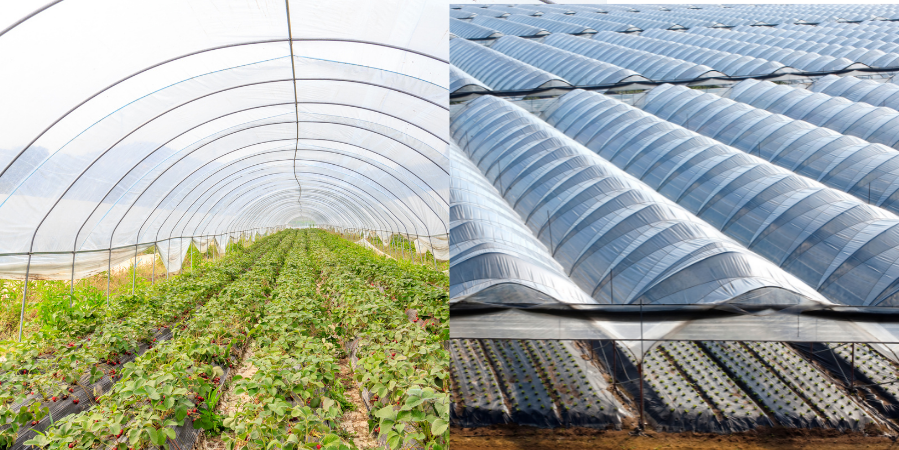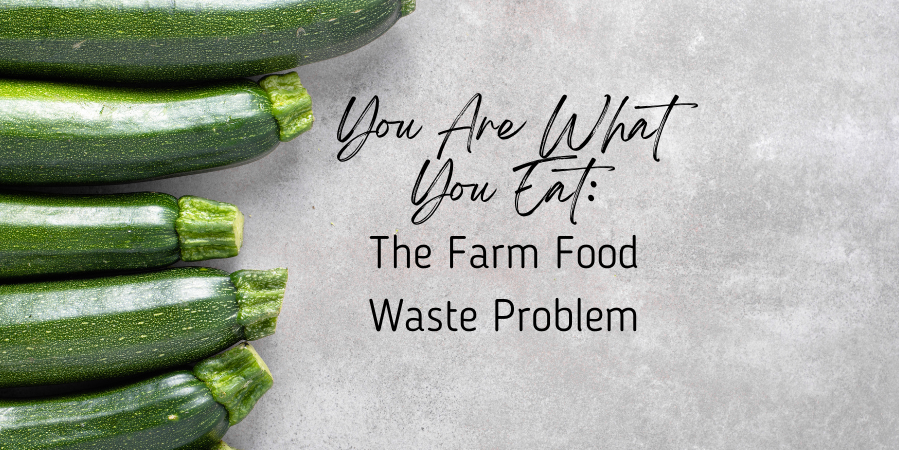One-third of all produce goes unharvested on our farms, produce uses 21% of the water, 18% of the cropland, and 19% of the fertilizer (Wozniacka, 2019.). This amounts to about $161.1 billion of waste per year according to the USDA (Lieber, 2019). There are also more than 38 million people in our country, 12 million of which are children, that are food insecure (Feeding America, 2022).
Why is there such a disconnect? Especially when there seems to be such an obvious solution.
Well, let’s back up a bit and look at why we are losing so much food before it even hits the road.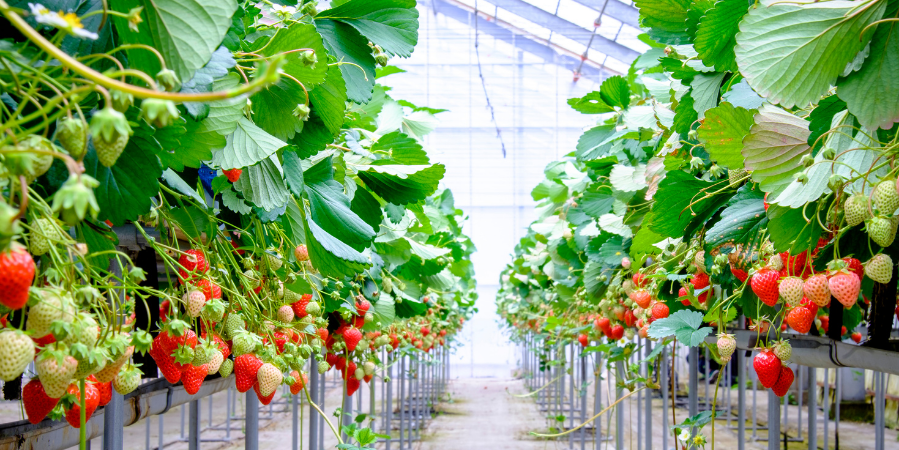
Variable Costs and Complicated Supply Chains
Larger farms are more business oriented, and many have created an organized system to get their product off the farm and on to tables (or at least shipped to grocery stores) using co-ops, specialized harvest crews, experienced staff. They have also made improvements to the system through government grants, all of which ultimately result in much more streamlined supply chain (Lieber, 2019).
Smaller, often family-owned farms, either need a broker, or act as their own general contractor to hire seasonal harvesters (who’s availability and cost is also variable), organize buyers, collect and store produce, and secure trucking to pack and transport it. This is above and beyond having the necessary agricultural know-how and the actual labor of farming.
On top of all that, much of the farming done in the U.S. is by open-field method, which which makes harvesting crops a race in and of itself (Lieber, 2019).
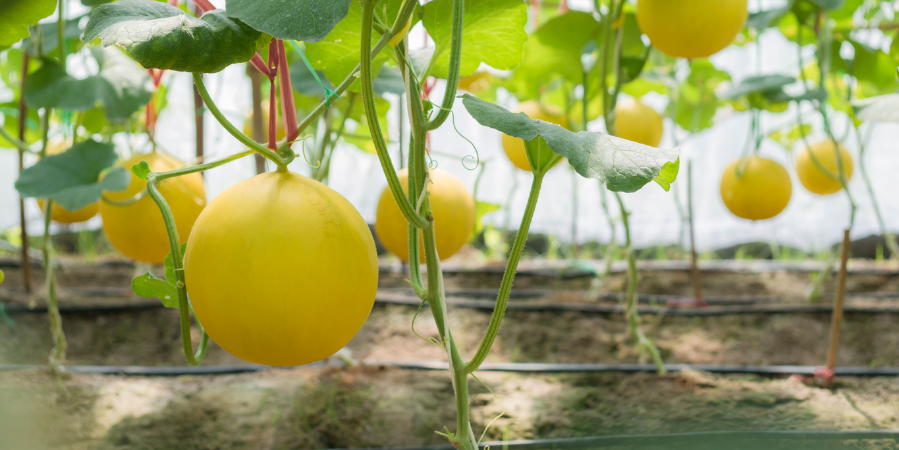
Growing Indoors: The Case for Greenhouse Farming
It makes sense that produce grown and kept in an enclosed area is less vulnerable to the elements, doesn’t it? However, our history of relatively cheap land, water, and labor has meant that the U.S. is a place more accustomed to growing food in wide, open fields (Lieber, 2019). This leads to produce battered by floods, hail, droughts, and rotting before they can be harvested, as well as exposure to pests, and damage due to machinery.
Some produce are more resilient than others. A study done on farm-level food waste found that tomatoes, sweet corn and artichokes weren’t as susceptible and had the lowest losses (Wozniacka, 2019.). Those with the highest losses included:
• Watermelon (57% waste)
• Cabbage (52%)
• Strawberries (44%)
• Kale (39%)
Romaine lettuce hearts had the higher rate of loss at 113%, meaning more was lost than sold due to all the outer layers of leaves being left on the fields (Wozniacka, 2019).
Growing in greenhouses is the obvious solution to the problem. Protecting produce from inclement weather and lengthening its shelf life means there is more available to harvest. In line with this thinking, the USDA expanded the Farm Storage Facility Loan program in 2015 to include more products like dairy, seafood, and meat, in addition to fruits and vegetables (USDA, n.d.).
A Side Note on Ugly Produce
Older generations might have not cared so much about spots on their apples (leave them the birds and the bees), but that is not the case with the modern generation of grocery store shoppers. Aesthetically unconventional fruits and vegetables are often shunned from grocery stores to meet the standards of picky customers.
You’ve probably seen advertisements from start-ups that collect this ‘imperfect’ or ‘misfit’ produce that would otherwise be wasted, and offer to help save a food problem by delivering it to your home, or donating it to a food bank. This is actually not a good example of preventing farm waste since ‘ugly produce’ can still be cut up and packed, frozen, canned, dehydrated, etc. and no one would be able to tell the difference. Alternatively, farmers either plow excess crops back into the soil (providing organic matter that builds up soil health), or feed it to livestock when there’s no soft market, as is the case with melons (Lieber, 2019). Food isn’t wasted just because someone other than a human ate it.
But I digress.
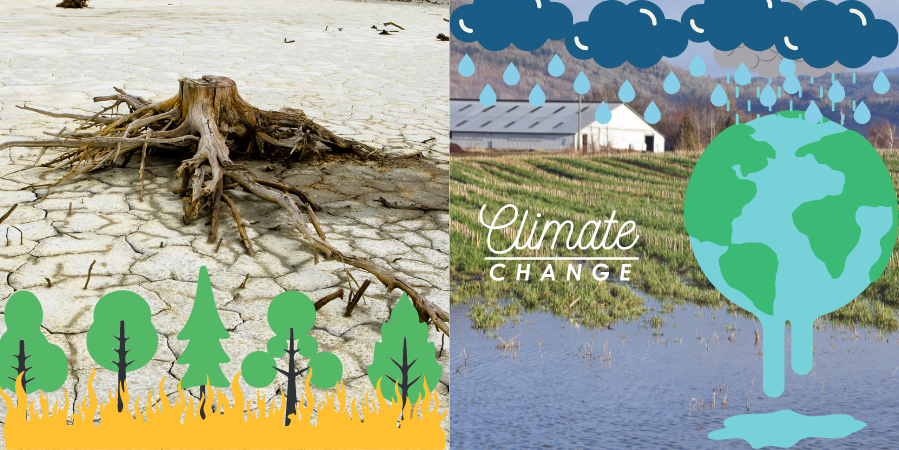
Climate Change
Which brings us to the elephant in the room that you were probably already thinking about: Climate Change.
Climate change absolutely has a role in this narrative, and it begins earth deep.
The way we have been farming our food, using chemical fertilizers and pesticides, has been stripping our soil of nutrients and other materials, making it so that the land cannot retain as much water. Combine that with the fact that we are getting highly fluctuant weather with long droughts followed by deluges of rain that flood crop fields (Weisbrod, 2022). Now we have a situation where crops are grown on soil that needs extra watering because it cannot retain water from infrequent rains, and when it does rain, the floods are not able to be adequately absorbed, causing catastrophic damage to crops.
Organic farming, where soil is built up with natural materials and nutrients, rather than artificially supplemented, could potentially solve both problems. Government grants and subsidy programs have been implemented for years now that both support existing organic farmers and encourage conventional farmers to convert to organic farming.
Some will argue that organic farming tends to yield about 10-20% fewer crops than conventional farming for the same amount of cropland (Oaklander, 2016.). This is due in part to the fact that synthetic fertilizers make nutrients immediately available to plants, vs. organic farming where nutrients become available as materials degrade over time. Studies have shown, however, that organic farming yields more crops over time because of increased water retention. For every one inch of rain water soaked up, plants can produce an extra 7-8 bushels of wheat while using less energy (Oaklander, 2016). Slow and steady wins the race.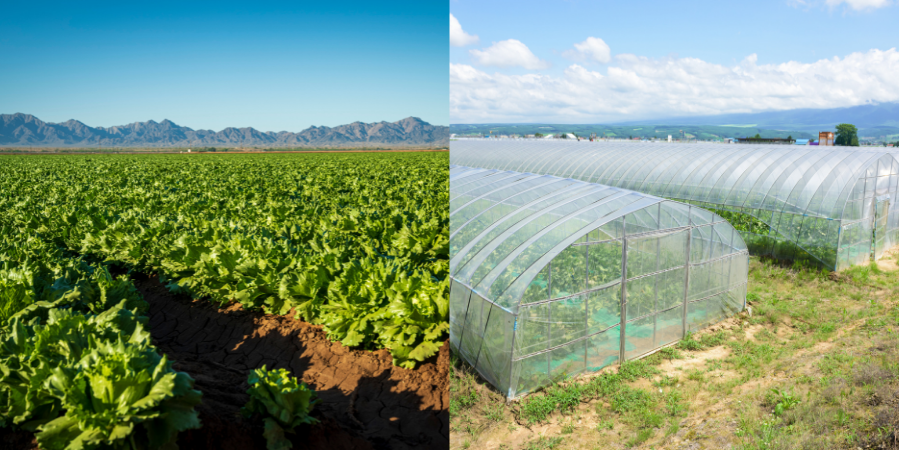
What Can We Do?
On an individual level, buying organic is a solid way of reinforcing consumer demand for organic farming, as well as being a healthy choice for your body and the planet in the long term. Organic produce, including meat and dairy, have been shown to have higher concentrations of nutrients and vitamins like vitamin C, antioxidants, and omega-3 fatty acids not to mention no antibiotics, hormones, and synthetic chemicals (Oaklander, 2016).
For those who are more politically active, write to your congressmen or local government and ask them to support:
1. Subsidies and transportation to help local farmers get more produce off the fields and into food banks or delivered to those on qualify for SNAP benefits, or fund food banks directly like Minnesota’s Farm-to-Food Shelf program (Schultz, 2017).
2. Tax incentives to small farmers and businesses to offset costs of donating food, including preparation, storage, and transportation. Arizona, California, Colorado, Iowa, Kentucky, Missouri, Oregon, South Carolina, Virginia, West Virginia, and the District of Columbia all offer tax incentive for food donations. Arizona for example, offers a deduction, while the rest give a 10-50% of the value of the donated food as a credits (Schultz, 2017).
3. Ensuring that a higher proportion of the existing agricultural subsidies go to fruit and vegetable farmers. Currently of the roughly $38 billion offered, less than 1% goes towards fruits and veggie farmers. The majority of subsidies goes toward livestock farmers and commodity crops that feed livestock or make highly processed products (Kamila, 2022.). This in turn skews food prices domestically, and reduces international market prices for those crops, causing farmers in under developed nations to stop farming those crops, and necessitating their government to import those crops that could have otherwise been grown locally. Transporting food long distance, especially by shipping, uses a lot of fossil fuel of contributes to climate change.
References
Feeding America. (2022). Hunger in America. Feeding America. Retrieved July 1, 2022, from https://www.feedingamerica.org/hunger-in-america
Kamila, A. Y. (2022, January 9). Vegan kitchen: Save money, Save Your Health, save the world, Eat Vegan! Portland Press Herald. Retrieved March 18, 2022, from https://www.pressherald.com/2022/01/09/save-money-save-your-health-save-the-world-eat-vegan/
Lieber, C. (2019, February 26). A scientist on the myth of Ugly Produce and Food Waste. Vox. Retrieved April 30, 2022, from https://www.vox.com/the-goods/2019/2/26/18240399/food-waste-ugly-produce-myths-farms
Oaklander, M. (2016, February 4). Why organic food might be worth the high price. Time. Retrieved March 30, 2022, from https://time.com/4206738/organic-food-worth-the-price-study/
Schultz, J. (2017). Fighting Food Waste. Legis Brief , 27(46). https://doi.org/https://www.ncsl.org/research/agriculture-and-rural-development/fighting-food-waste.aspx
Thyberg, K. L., & Tonjes, D. J. (2016). Drivers of food waste and their implications for sustainable policy development. Resources, Conservation and Recycling, 106, 110–123. https://doi.org/10.1016/j.resconrec.2015.11.016
USDA. (n.d.). Food Waste Activities. USDA. Retrieved July 1, 2022, from https://www.usda.gov/foodwaste/activities
Weisbrod, K. (2022, January 28). Increased flooding and droughts linked to climate change have sent crop insurance payouts skyrocketing. Inside Climate News. Retrieved July 1, 2022, from https://insideclimatenews.org/news/28012022/flood-drought-crop-insurance/
Wozniacka, G. (2019, August 28). Study finds farm-level food waste is much worse than we thought. Civil Eats. Retrieved April 30, 2022, from https://civileats.com/2019/08/20/study-finds-farm-level-food-waste-is-much-worse-than-we-thought/









